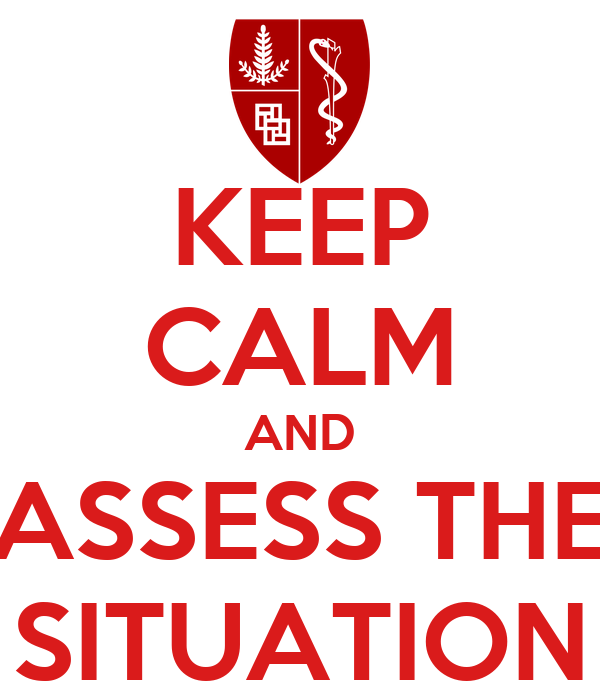Towing a Car Without Tow Hooks: A Step-by-Step Guide
Towing a car is sometimes necessary, whether it's due to a breakdown, relocation, or other circumstances. However, not all vehicles are equipped with tow hooks, which can make the towing process more challenging. In this comprehensive guide, we will provide you with a step-by-step approach on how to tow a car without tow hooks safely and efficiently.
1. Assess the Situation

Assess the Situation
Before attempting to tow a car without tow hooks, it's essential to assess the situation and ensure it is safe to proceed.
Consider factors such as the weight of the vehicle, the distance you need to tow it, and the availability of towing equipment.
2. Use a Tow Strap or Rope
One common method for towing a car without tow hooks is to use a tow strap or rope. Follow these steps:
Step 1: Ensure both vehicles are parked on a level surface and engage the parking brake on both cars.
Step 2: Locate a strong, sturdy part of the vehicle's frame or chassis where you can attach the tow strap or rope. Avoid attaching it to any plastic or fragile components.
Step 3: Attach one end of the tow strap or rope to the front of the towing vehicle, using a secure attachment point such as a tow hitch or recovery point.
Step 4: Attach the other end of the tow strap or rope to the vehicle being towed. Ideally, you should find a suitable attachment point near the front of the vehicle, such as a metal frame member.
Step 5: Double-check that the tow strap or rope is properly secured on both vehicles, ensuring there is no excessive slack or tension.
3. Practice Safe Towing Techniques

Towing Techniques
When towing a car without tow hooks, it's crucial to practice safe towing techniques to prevent accidents or damage. Follow these guidelines:
Maintain a safe distance between the two vehicles to allow for braking and turning.
Use turn signals and communicate your intentions with hand signals to the driver of the towed vehicle.
Avoid sudden braking or acceleration to minimize strain on the towing equipment.
Drive at a moderate speed, keeping in mind that towing adds extra weight and affects stopping distance.
Be aware of the towing vehicle's limitations, such as towing capacity and braking capabilities.
4. Consider Professional Towing Services
If you are uncomfortable towing a car without tow hooks or lack the necessary equipment, it's advisable to seek professional towing services.
Towing experts have the expertise, experience, and proper equipment to safely tow your vehicle without causing damage.
5. Install Aftermarket Tow Hooks
If you frequently find yourself needing to tow a car without tow hooks, consider installing aftermarket tow hooks on your vehicle.
Consult with a professional mechanic or towing specialist to ensure the tow hooks are properly installed and can handle the anticipated loads.
Towing a car without tow hooks may seem challenging, but with the right approach and precautions, it can be done safely and effectively. Using a tow strap or rope, secure the vehicles properly and practice safe towing techniques. However, if you are uncertain or uncomfortable with towing, it is always best to seek professional assistance. Remember, the safety of yourself, others on the road, and the vehicles involved should be your top priority.